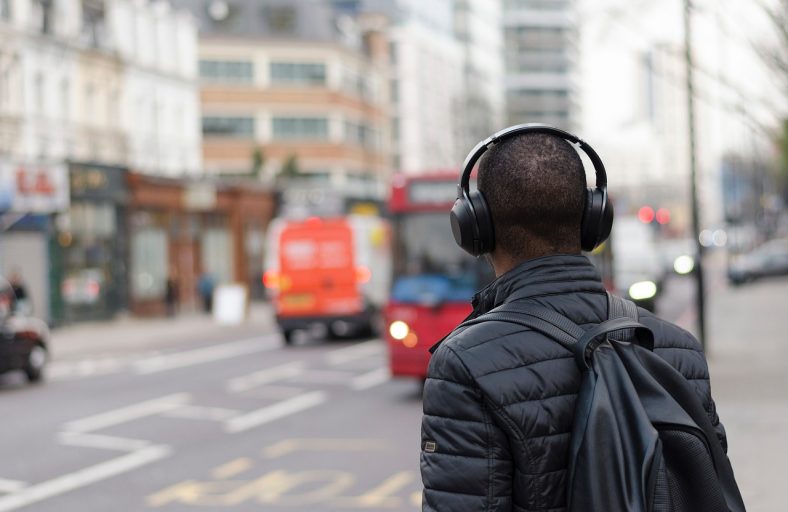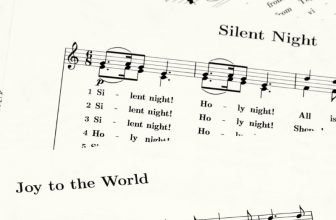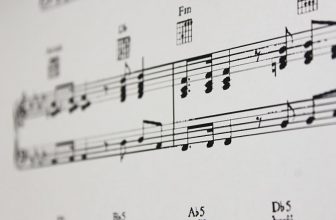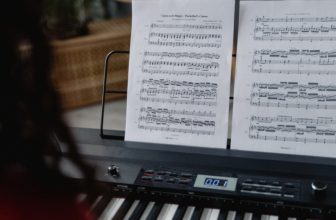Bass vs. Treble – What’s the Difference?

If you’re a fan of music, then you’ve probably heard the terms ‘bass’ and ‘treble’ pop up here and there.
But has it ever crossed your mind what each of these terms means? What’s even the difference between bass and treble?
Well, in short, bass represents low frequencies, while treble sounds fall in the higher frequency range.
Contents
What Is Bass?
In simple terms, bass makes up the low-frequency notes. Bass sounds are often anything below 150 Hz in the frequency spectrum, but they can be a bit higher.
Bass is also used to describe low-pitched tones that range from C2 to C4 in bass instruments. A long air column or string is fundamental for clear bass notes. If an instrument is stringed, its body has to be large enough for bass frequencies to be produced.
What Is Treble?
Bass and treble are the exact opposites of each other. While bass is on the lower end of the frequency range, treble is on the higher end.
Many audio devices have an ‘extra bass option’, which basically lets you hear lower frequency sounds more prominently. This can be quite handy when listening to EDM or hip-hop.
Oh, and if the audio device is high-end, you should feel the bass pounding inside your body and the furniture rattling!
Of course, the bass is generated by a wide variety of instruments like pianos and keyboards, not just bass guitar as some people might think.
Even your voice is capable of producing bass. In other words, any lower frequency sounds are defined as bass.
What Are Mids?
As you might’ve guessed, the mids are the middle frequencies. They’re all the sounds that exist between the high notes (treble) and low notes (bass) in a frequency range between 200 Hz and 5 kHz. These sounds are usually produced by guitars and pianos.
For most songs, you’d want to hear all frequencies, so you don’t miss any sounds. Turning up the bass, treble, or mids too high may make certain sounds vanish.
Your safest bet is to place the bass, treble, and mids knobs in your equalizer right at the middle to be able to hear all sounds.
Of course, this could vary from one song to another. There’s also your personal preference, as many music lovers prioritize the sounds of low frequencies over anything else.
Most human voices are mids. This means that if you want to hear the vocals of a song more clearly, turning up the mids knob on your audio device will do the trick.
Is Treble the Highest Frequency?
Treble describes the highest frequencies of sound that may range from 6000 Hz to up to 20000 Hz.
However, it’s not used to refer to a specific frequency number but rather a range of frequencies on the higher end of the frequency spectrum.
Should the Treble Be Higher Than the Bass?
Treble should always be higher than bass in an audio track. Here’s why:
To Hear the Vocals More Clearly
Too much bass will overshadow the sounds of the vocals. This won’t really matter if the song is instrumental, but if a piece relies heavily on the vocals to deliver its message, you might want to keep the bass at bay.
To Get Rid of Mid-Frequency Muddiness
Mid-frequency muddiness in the 400 – 800 Hz frequency range can be a major headache for music producers. By keeping the treble higher than the bass, you won’t only listen to the 400 – 800 Hz sounds, eliminating the muddiness.
To Balance the Low-End Rumble
Low-end rumble can be too overwhelming to the point that it ruins the entire song. By setting the treble higher than the bass, you won’t have to deal with this.
Final Words
To recap, bass is any sound from the lower end of the frequency spectrum, while treble is the exact opposite.
Both frequency ranges are very important for the overall structure of music tracks.
Don’t believe me? Try turning the treble or bass knob on your audio device all the way to zero and notice how that affects the sound of the song that’s playing.





